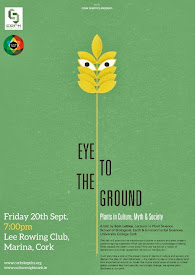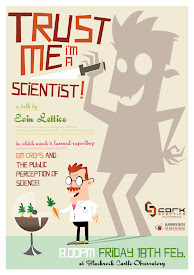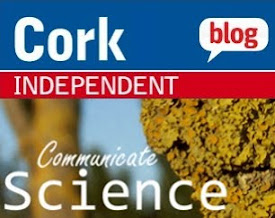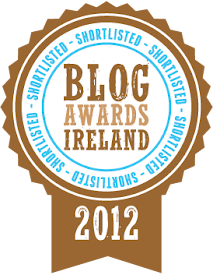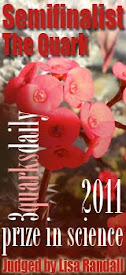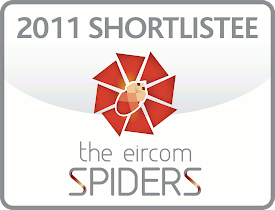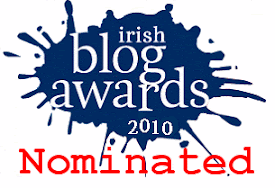 |
| Boyle's wishlist |
The Irishman known as the Father of Modern Chemistry left behind him a wishlist, the boxes of which have been well and truly ticked. Is it time to write a new one?
During a visit to the Glucksman Gallery recently to visit the wonderful Book of Lismore, I was reminded of the work of Robert Boyle, a man who shares a common history with the tome.
Boyle was born on 25th January 1627 in Lismore Castle in County Waterford, the son of Richard Boyle, the 1st Earl of Cork. After being tutored locally and in England, his father sent him on a grand tour of Europe at the age of 12, visiting Dieppe, Paris, Lyon and Geneva.
He went on to visit Florence in 1641, the year of Galileo's death in the same city. Boyle became greatly interested in Galileo's work and in science in general.
Boyle was a founder of the Royal Society of London in 1660 after being associated with its precursor, the "Invisible College" for many years and his work looked at using mathematics to explain chemistry. The Royal Society elected Boyle president of the the Society in 1680, a post he declined due to his religious beliefs.
Robert Boyle is best know perhaps for Boyle's Law - that, at a constant temperature, the pressure of a gas varies inversely with its volume. This law explains such events as a balloon popping and your ears popping at high altitude as well as how pneumatic tools and systems work.
Perhaps less well known than his eponymous law, Boyle also outlined a 'wishlist' of 24 of the most pressing problems to scientists to solve, as he founded the Royal Society. All but a few, have now become a reality. Boyle's wishlist in the 1660's read as follows:
"The Prolongation of life" - there is no doubt we are all, on average, living much longer than our ancestors.
"The recovery of youth, or at least some of the marks of it, as new teeth, new hair" - plastic surgery or botox anyone?
"The art of flying" - a regular occurrence for many onboard planes and helicopters.
"The art of continuing long under water" - submarines (
invented by an Irishman).
"Potent Druggs to alter or Exalt Imagination, Waking, Memory, and other functions, and appease pain, procure innocent sleep, harmless dreams, etc" - antibiotics, painkillers.
"The cure of diseases at a distance or at least by transplantion" - Organ transplant now a common procedure. Even virtual surgery carried out by robots led by remote doctors are now possible.
"Pleasing Dreams and physicall Exercises exemplify’d by the Egyptian Electuary and by the Fungus mentioned by the French Author" - hallucenogenic drugs.
"The emulating of fish without engines by custome and education" - scuba diving?
"Strength and agility..exemplified by ...hystericall persons" - Steroids perhaps?
"The Attaining Gigantick Dimensions" - synthetic growth hormones?
"The acceleration of the production of things out of seed" -Advances in plant breeding, including GM technology.
"The making of parabolical and Hyperbolical glasses" - advances in eyeglasses, microscopes and telescopes.
"Making armor light and extremely hard" - Kevlar
"The practicable and certain way of finding longitudes" - GPS technology is now in cars and phones.
"A ship to sail with all winds" - Engines have greatly reduced the reliance on sailing.
"Freedom from Necessity of much Sleeping exemplify’d by the Operations of Tea and what happens in Mad-Men" - stimulant drugs
"Perpetuall light" Lightbulbs, LEDs, etc. all ensure that darkness, at least in urban areas, is very hard to find.
"Varnishes perfumable by rubbing" - possibly one of Boyle's weirdest wished, but you know those scratch and sniff things that fall out of magazines? Boyle would be proud!
"The use of Pendulums at Sea and in Journeys, and the Application of it to watches" - Quartz and digital watches.
"Transmutation of species in mineralls, animals and vegetables" - GM, synthetic biology explain at least the biological components of this wish.
Boyle died in London on 31st December 1691 leaving his wishlist to be fulfilled in the centuries after his death.
It begs the question, if we were to write such a list today, what would be on it?
Leave your science wishlist ideas as a comment to this post or tweet, using the hashtag #sciwish






















